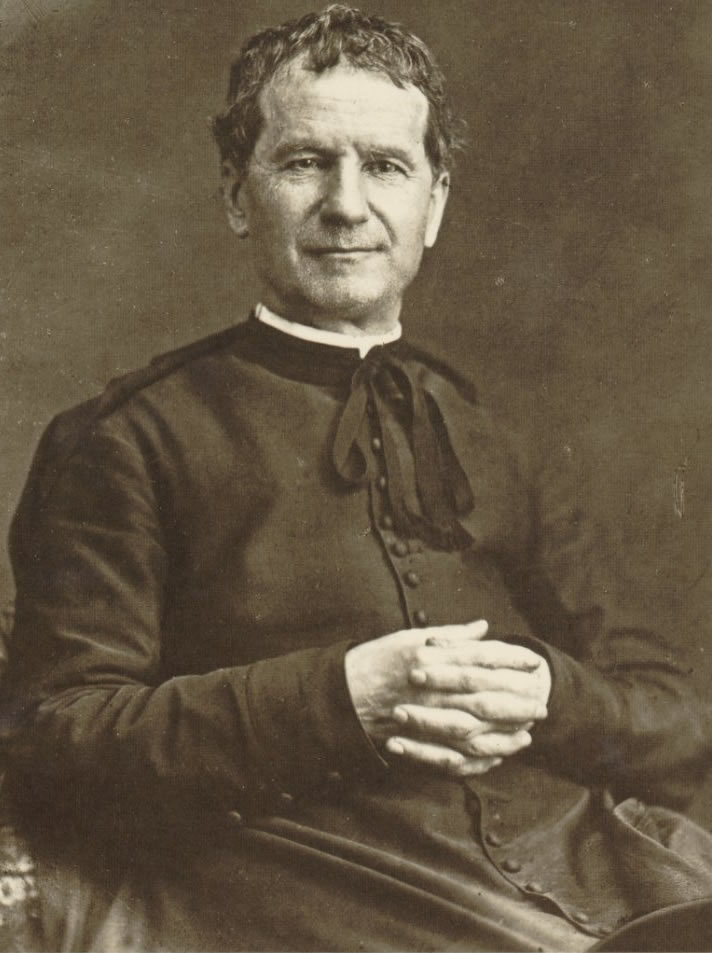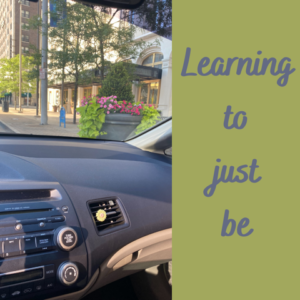The Patron Saint of Editors and Publishers
The Patron Saint of Editors and Publishers
Saint John Bosco, or Don Bosco as he was known, is a saint that everyone in the publishing world should know. He was a simple priest who lived and served in Turin, Italy in the nineteenth century. He revolutionized the education and reform system by implementing a love-based preventative method. The results were astounding. Despite most of his superiors constantly doubting him, Don Bosco defied odds and brought the Good News to boys whom others assumed were lost causes.
At his core, Don Bosco understood that in order to reach young people, there had to be an element of entertainment. In order to attract the wandering, often no-good boys, Don Bosco would perform street circuses. He taught himself how to juggle, do acrobats, walk a tightrope, and perform magic tricks! Not surprisingly, he’s also the patron saint of stage magicians. Once the kids’ attention was caught with the performance, then he would catechize. He would draw them in with fun, then through relationship, would teach them the Gospel.
Saint John Bosco led a fascinating life. He lived in complete trust of the Lord, often receiving the exact amount of money he needed from an offering to pay off a debt that was due. He performed countless miracles, from multiplying food to feed all of the hungry to bringing a boy back from the dead. Don Bosco met his guardian angel many times, in the form of a large gray wolf named Grigio who protected him while he ventured into the more dangerous parts of town. God communicated directly with Don Bosco through dreams. He would be told when people were going to die, which souls needed to be saved, and even who was corrupting souls behind his back.
As his mission expanded, he put into practice the adage, “Give a man a fish, feed him for a day. Teach him to fish, feed him for a lifetime.” Instead of simply feeding and teaching the youth of Turin, he gave them an opportunity to learn the trade of printing. The boys apprenticed on the machines printing Don Bosco’s own writings about Catholicism. They were learning a trade and sharing the faith at the same time!

Attributed to Carlo Felice Deasti, Public domain, via Wikimedia Commons
As Catholic writers, we need to call on John Bosco to teach us how to reach our audience as he did. In my own fiction, I aim to follow his exact model: reeling readers in with entertainment, then catechizing once they’re hooked. I pray that I can reach people like Don Bosco did, and share the truth in an engaging way. Saint John Bosco, pray for us!
Copyright 2022 Maria Riley





